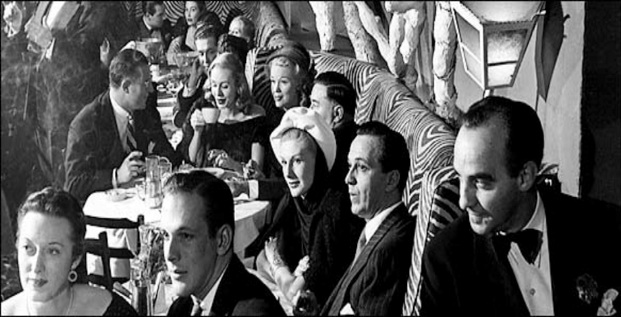
Photo: AuthorĪn Illustration of the Problem: Speaking of Liturgical ArchitectureĪ good example can be found in a small, but particularly illustrative little booklet published in 1952 by the Liturgy Program at the University of Notre Dame called Speaking of Liturgical Architecture. With Modernist “functionalism,” we are left with church buildings that make few, if any, references to the iconic heritage or architectural traditions of the Catholic Church.

Our problems began some decades before the Second Vatican Council convened: they began with the embrace of modernist architectural principles by contemporary architects and, more disastrously, by the liturgical “experts” who have insisted on laying down the rules and regulations for all new Catholic churches built in America. No, bad church architecture in America is the result, quite simply, of America having bad ideas about architecture. Bad church architecture is not primarily the result of bad ideas about the liturgy-however much those abound. Correct the ideas-enforce a proper theology of the liturgy (the job of, guess who, theologians and liturgists)-and voilà, we will get better-looking churches.Īs attractive as that thesis is, its one big drawback is that it is largely untrue.

This thesis is especially attractive to those of a more “intellectual” bent, such as theologians and liturgists, because it suggests that the problem is one of ideas.

Many people seem to think that contemporary Catholic church architecture is so ugly because of misunderstandings that arose from the liturgical reforms of the Second Vatican Council. Don’t Blame Vatican II Modernism and Modern Catholic Church Architectureīy Randall B.


 0 kommentar(er)
0 kommentar(er)
